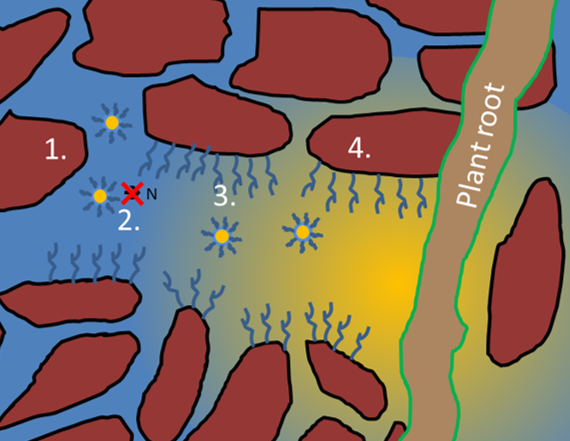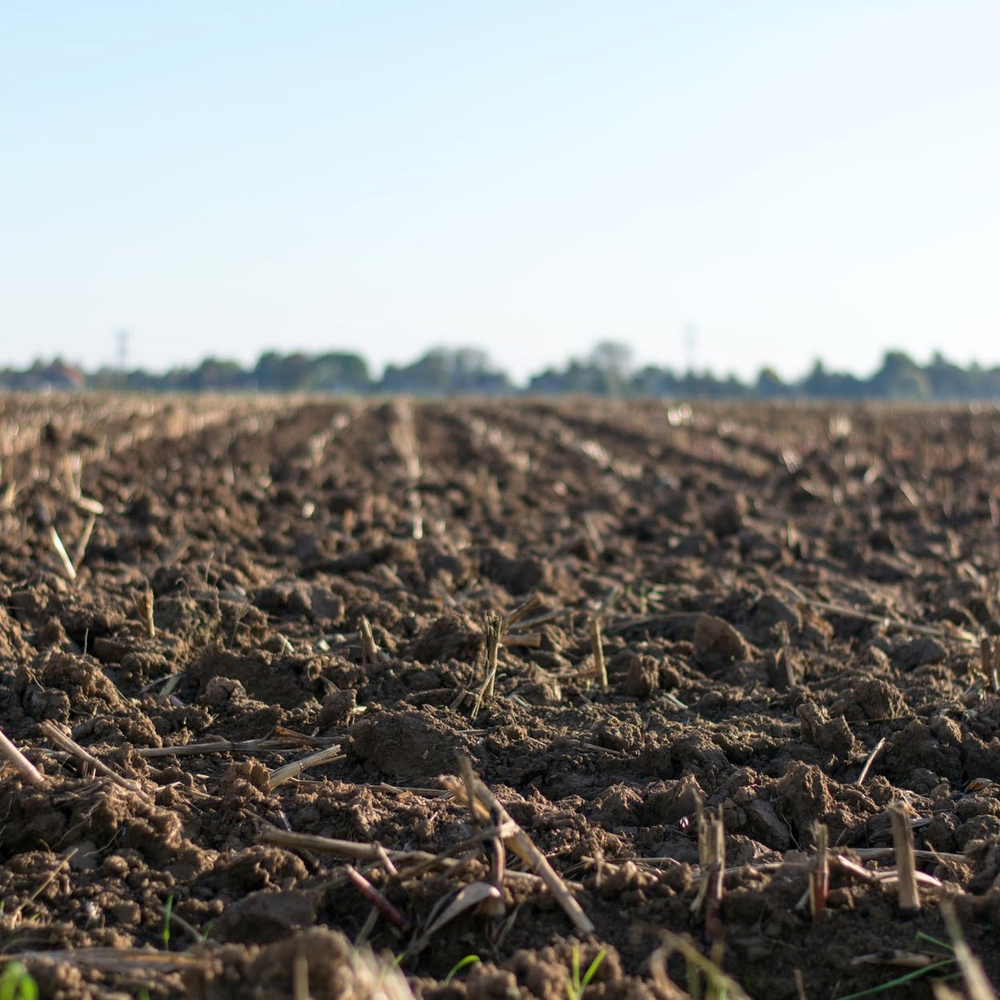Nanofertilizers
Nanofertilizers are a more efficient product than conventional fertilizer as they can be engineered by varying the material they are made of (nanoparticle size, coating, etc.) for improved efficiency or by combining the nutrients with e.g. enzymes that heighten bioavailability in specific circumstances.
 |
1. Nanofertilizers are added to soils as a suspension that is well-dispersed.
2. The dissolution rate of the nanofertilizers can be tuned so they do not dissolve in the bulk soil.
3. The coating chosen for the particles avoids homo- or heteroaggregation the nanoparticles are not attached by soil surfaces.
4. By virtue of their small size, the nanofertilizers can enter the smallest pores. In this way, nanofertilizers can reach the rhizosphere, where microenvironments can lead to elevated dissolution and thus bio-uptake compared to the case of conventional fertilizer that dissolves to become dispersed in the bulk soil.
|
Used in

Read more |
Read also |
|
|
DeRosa M C, et al. (2010) Nanotechnology in fertilizers. Nature Nanotechnology. 5:91. http://doi.org/10.1038/nnano.2010.2 |
Contact

Geert Cornelis
Swedish University of Agricultural Sciences (SLU)
Email: Geert.cornelis@slu.se
